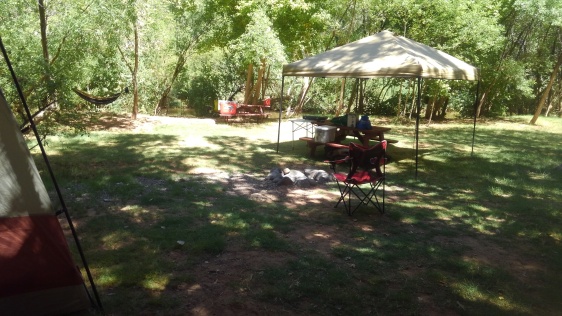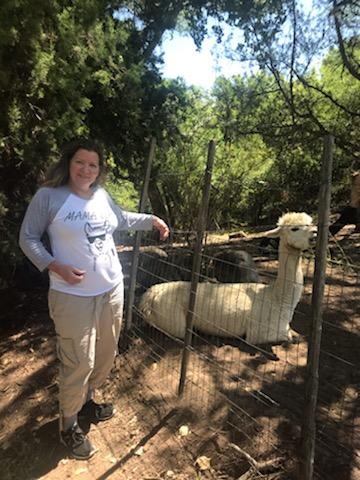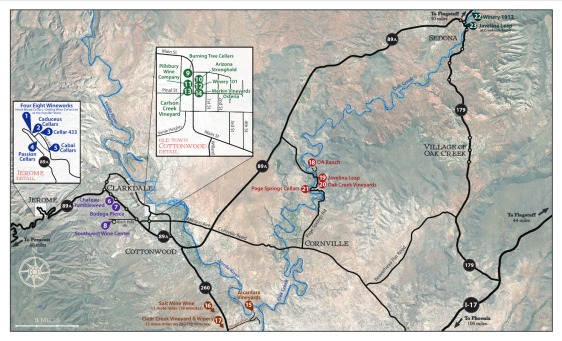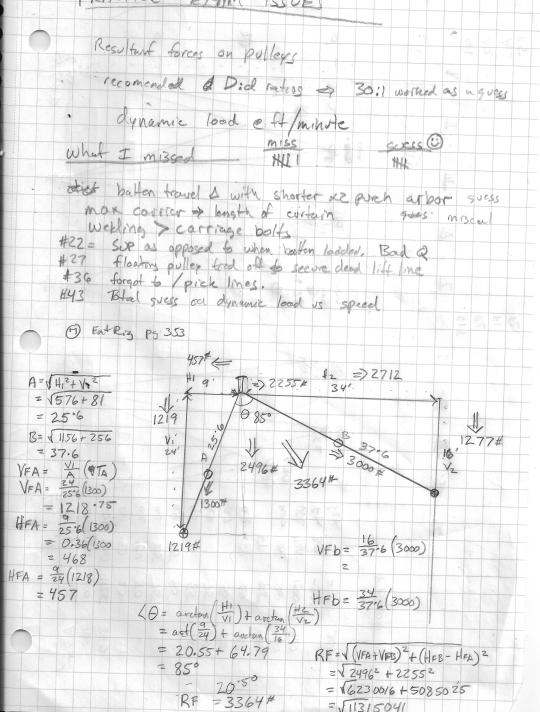I took a vacation, followed by back-to-back conventions in and around an extended visitation from Earl, and now that is all over, and I have my life back, and some time to reflect.
For those that know and/or care about Earl Hedges, he has left for Rochester NY on adventures, and will not have reliable internet for some time. That is what I know.
Now, some brief lessons learned in more or less chronological order:
My Vacation
Lo Lo Mai Springs Resort is what any KOA wants to be: over-priced and still worth it. I paid $40 a night for a tent site (which is twice what I might have paid at Dead Horse Ranch State Park, a few miles down the road) and I did not feel cheated at all.
First of all, we had the place nearly to ourselves until Friday.
Second, our tent site was right on Oak Creek. (Wading around in rivers works leg muscles you did not know you had. )

Third, they all the KOA-like amenities such as showers, and a store etc. The store is cash only – a handy fact to know in advance.
Fourth, the neighboring property has a group of Alpaca’s, to which Cheryl is partial.

Cheryl and friend.
Yes – it was quite warm, hence our extensive experience with wading around in Oak Creek.
And yes – we were able to hike the West Fork of Oak creek without disaster.

Photo by C Zierman
I found I had to choose between quality time with my girlfriend, or documenting antics for Are We Lost Yet? I no longer have the bonuses to do both (if I ever did). AWLY? has not been updated in some time. I regret nothing.
There is probably still a market for a Arizona winery book. Meanwhile, we have these resources:

This is still CopperCon in size and spirit (and personnel) .
I played some Go Action Fun Time and moderated some panels.
Spoon theory, I now know after moderating a panel on it, is a metaphor for rationing personal resources while managing a disability. I did not have much to add, as whatever my disaqbilities, energy is not something I have ever had to ration.
RPG’s and writing: “You have to accept your godhood.” – Beth Cato
Do You Need an Editor? Yes.
“Write with abandon. Edit with extreme prejudice.” T.L. Smith
Five Rules of Writing (amended)
- Show – Don’t Tell
- Avoid Cliche’s
- Keep your ass in the chair
- Use adverbs sparingly.
- Just get there.
For rule 5 “there” is the story. Start where things start happening, and get to the end expeditiously.
Good world-building insulates you from characters (and player characters) going off the map. BUT BUT BUT the reader only needs to know enough about the world to follow the story. Just get there.
Things that appeared in my inbox:
Remedial crash course in website design: How Not To Suck at Design
Emmy Award-winning showrunner of The Office, Brent Forrester, shares his rules of writing comedy.
And finally some oddly edited but nerdily fascinated backstage action from the Drottningholms Slottsteater.
Drottningholms Slottsteater backstage 5 min from Drottningholms Slottsteater on Vimeo.
Now we know.




